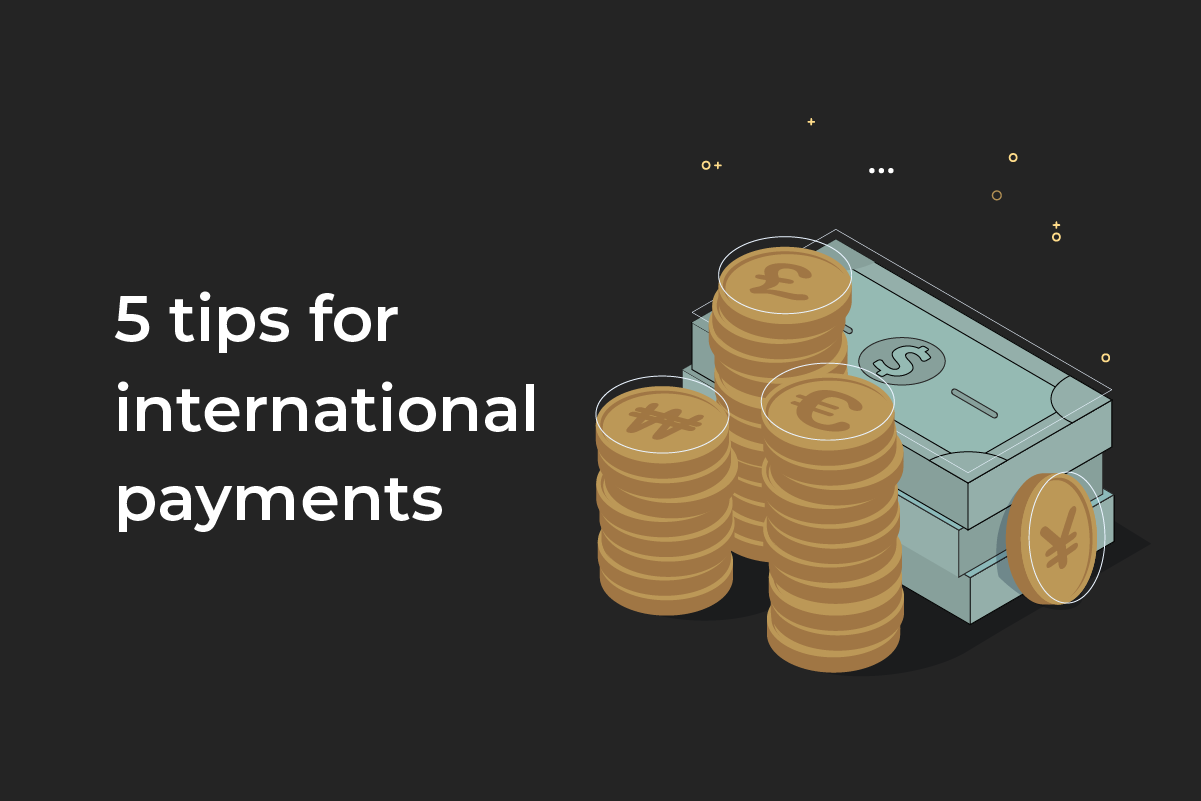5 tips for receiving international payments safely

For eCommerce businesses that operate globally, it is vital to accept international payments securely. In this article, Maxpay will list the best options for a merchant, naming services, and highlighting strong and weak parts.
Best ways to receive money internationally safely
Online payments
Probably the best option for a merchant that aims at consistently collecting payments from customers. Online payments can be accepted via the selling website using a payment gateway tool to connect the website to a global payment service.
The most beneficial characteristics of online payments
- Simple usability. Most of the customers are well-familiar with online payment systems and ordering goods and services over the internet.
- Fast transaction speed and processing. Online payments take seconds to process, which gives a customer a feeling of an instant obtaining, and which brings a direct call to a merchant’s account.
- Strong security. Online payments are subject to fraud and hacker attacks, that is exactly why this is one of the most secure and so the most common ways to transfer international payments.
The only side of online payments that is not that attractive for a merchant is fees. But none of the banking services come for free. No matter which way of money transfer a customer would select, such as SEPA for example, there are always charges.
Letter of credit
A letter of credit is a legal paper issued by a financial institution and transferred to a receiving financial institution that is situated in another country. The letter of credit ensures that a customer will provide a concrete payment by precise calendar date.
When a letter of credit is issued by a financial institution, the financial institution is responsible for the payment provider. This way, letters of credit are very reliable and secured, as the fraud risk is lowered to a minimum. But, first of all, a letter of credit has an expiration date, so it will not be valid after some point. And, second of all, this type of payment is not comfortable for a daily needs of a customer.
Personal check
A personal check is another way to receive an international payment. It can be requested by a customer from their bank for the deposited amount from the account. Another way to issue it is at the post office. Both banks and post offices demand a small fee for a personal check, and also the receiver can be charged for cashing the check. Regarding the transmission, personal checks can be sent by post and can be processed digitally.
International money order
An international money order is a valid financial paper that is similar to a bank check. Money orders are a prepaid payment option. It means that a customer must make a payment upfront for a certain money order by using cash or credit and debit cards. The plus of this type of international payment is that fees are relevantly low. And surely, financially wise, it is good to obtain a payment upfront.
But international money orders take a long time to be processed by financial institutions, and they are often subject to fraud and speculation due to the difficulty of tracing money orders.
International wire transfer
International wire transfers are quite a popular global payment method. It is usually well secured and takes no time to be processed. Both of these benefits are similar to those in online payments, as international wire transfers use a financial banking network as well. So basically, a wire transfer is an electronic exchange of funds between financial bank accounts, using a network such as SWIFT, personal check, or eWallet. Yet, international wire transfers can be charged high by banks.
Best services for international wire transfers safely
4 main services for performing an international wire transfer
- A customer can issue a wire transfer over the internet, using the online services of a financial institution.
- A customer can issue a wire transfer physically, visiting a branch of a financial institution, and relying on personal assistance.
- A customer can issue a wire transfer over the phone with a representative from a financial institution.
- A customer can issue a wire transfer via a special money transfer service.
Pros & cons of international wire transfers
| Pros | Cons |
| Processing speed. The money is received in real-time, taking for movement around one or two business days. | Charges. International wire transfers are not cheap. Especially when we talk about the overseas transfers, that are outside of Europe and the UK territories. |
| Convenience. Wire transfers have no borders and no currency limitations. It is a comfortable way to perform international transfers. | Fraud. Obtaining key private information gives access to a bank account, which makes it easy to perform the undesired transfer. |
| Security. Financial institutions that are authorized to perform such transactions are well protected and obtain several international legal compliances. | Non-reversibility. Once the wire transfer is made it can not be reversed. No matter the charge of mind, or mistake. |
FAQ
What is the safest way to receive money from overseas?
Both online payments and international wire transfers are well secured and protected from fraud.
How do I receive international payments safely?
By using a payment gateway and installing the online payment option on the website, or by accepting an international wire transfer.
What is the best way to accept online payments internationally?
Still, the best ways to receive money from overseas are online payment for frequent purchases and international wire transfers for singular cases.
What is the fastest and safest way to receive money internationally?
By implementing online payments to the website or by allowing customers to make international wire transfers.